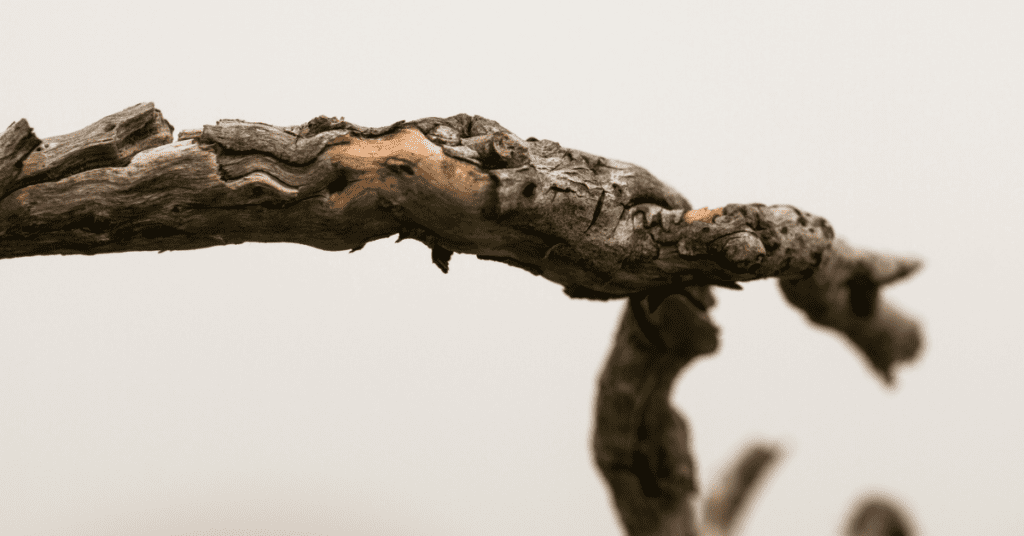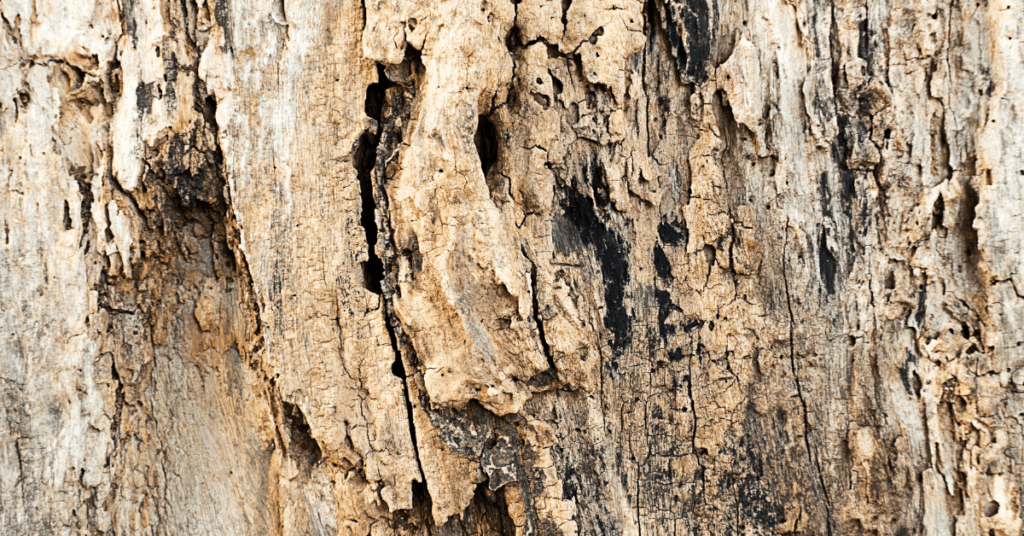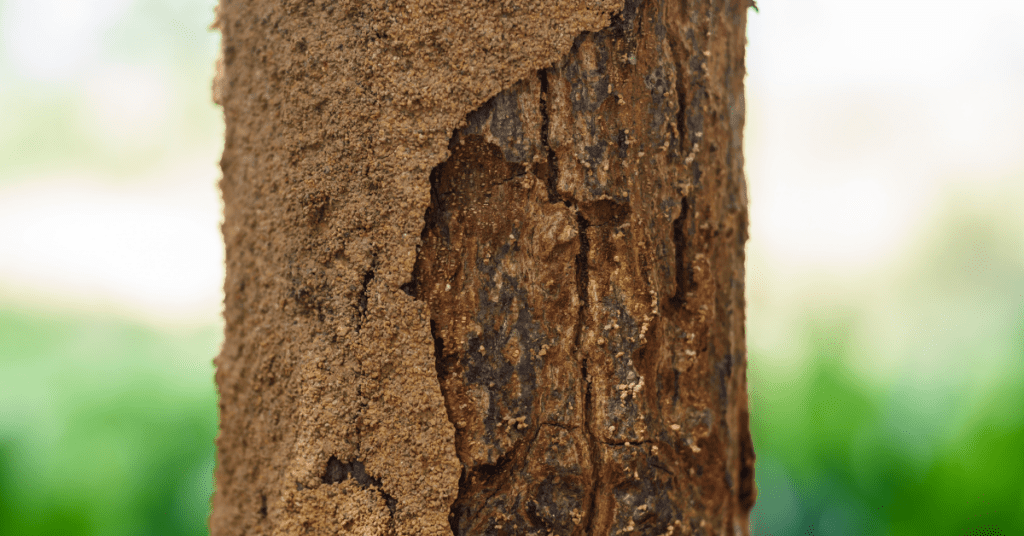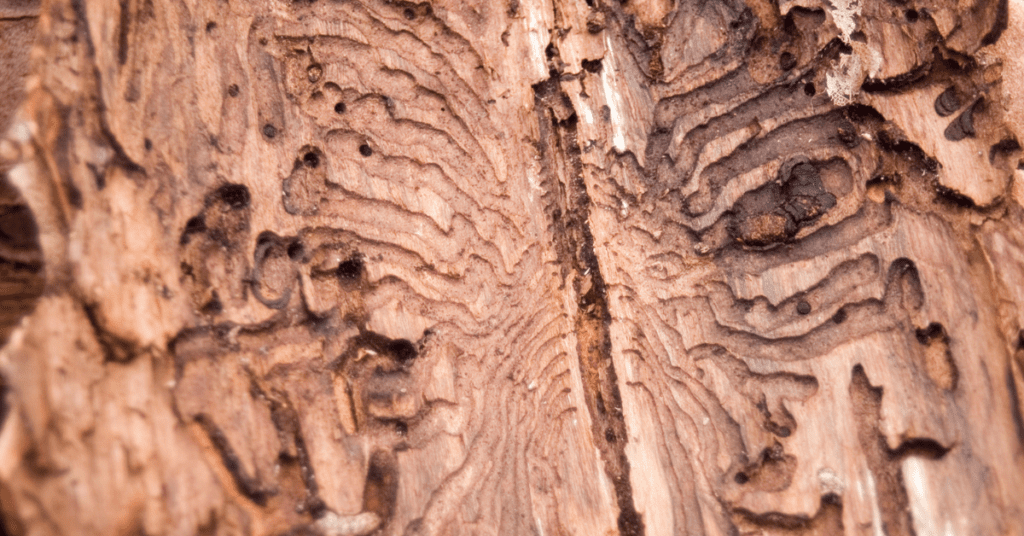When it comes to trees, there are many reasons that you might want to have them removed from your property. If you’re unsure, there are a few signs that can help you determine whether the tree needs to be cut down.
For example, if the tree doesn’t grow leaves anymore, this is a major sign that it might need to be cut down. Alternatively, if it’s experiencing severe pest damage or storm damage, it might also need to be taken down.
Dead Branches

Dead branches on trees are a big warning sign that your tree is in trouble and needs to be cut down. They are not only damaging to the health of your tree but they can also be hazardous to anyone who walks under them.
The best way to tell if a branch is dead or dying is to examine it closely. If you can see any fungus or infection on the branch, this is an indication that it is dying or is infested with pests and disease.
Infections and diseases can damage the bark and weaken the structure of the tree. They also allow for the entry of foreign pathogens. When these pathogens enter the tree through one small wound, they can spread to other areas and cause significant harm to your tree.
Some diseases are very easy to identify, and you may be able to save a damaged limb by treating it. But some diseases, such as wood fungus, are more difficult to spot and can be deadly for your tree.
Moreover, if your tree is infested with a disease or pest, it will be unable to grow new leaves or flowers. This can be dangerous, especially if it is in close proximity to power lines and other structures. Aside from this, dead branches can pose a safety risk when they fall onto people or other objects. They can also be a fire hazard.
You should always contact a certified arborist when you need to remove a tree or have it pruned and trimmed. They will do a thorough inspection of the tree and will be able to point out exactly which branches need to be removed. Regular tree trimming and pruning can help prevent dead branches; learn about the difference between these two methods.
Dead Leaves

It’s not uncommon for trees to lose leaves during different seasons, but if you see a large number of dead leaves on your tree this may be an indication that it is dying. This can be caused by aging, excess water problems, drought, starvation, insects, or disease.
A dead tree can also be a safety hazard, as it can fall and hurt anyone or cause damage to your property. If the tree is dead, you should contact a professional immediately for removal. You should also check the roots of the tree to see if they are decaying. This can indicate a serious problem with the roots that are causing the tree to die.
When a tree has decaying roots it’s not able to support its weight, which can lead to a leaning trunk and hanging branches. Roots also act as the base of the tree, which supports the entire structure. If you want to test whether the roots of a tree are alive or not, hold a small branch in both hands and gently bend it. If the stem bends easily, it’s probably alive. For more signs that indicate it’s time to remove a tree, check out our article on the 6 signs it might be time to remove your tree.
Usually healthy, living branches are flexible by design to be able to withstand strong winds and heavy rains. If you see a brittle, dried-up, or mushy stem, this is an indicator that the tree’s root system has died and needs to be removed. If you don’t feel confident in determining the health of your tree, you can always get an arborist or a botanist to take a look at it. They will be able to tell you if the tree is dying or if it should be left alone, as well as if it could help the surrounding trees in your area.
Decaying Bark

Tree bark is a protective layer of wood that acts as a first line of defense for the tree against insects, disease, and other stressors. It is essential for the health of a tree and should be checked regularly by a professional to identify signs of damage or decay that can make the tree unsafe to grow.
When a tree’s bark is deteriorating, it could indicate rot or fungus. This is a serious problem because rot and fungus can weaken the roots or the trunk of the tree, leaving it more vulnerable to storms, which can cause it to fall.
The decay process of a tree’s bark, wood, and roots is caused by a variety of wood-decay fungi that enter the tree through wounds. Wounds can be created by lawn care equipment, birds (like woodpeckers), improper pruning, and damage from rain, ice, lightning, or other environmental factors. Infections caused by these fungi can be difficult to spot, but there are several warning signs that you should look out for.
Among the most obvious signs are rotting bark and fungus growth around the base of the tree’s trunk. These symptoms are also known as trunk flares and can be a sign that the tree’s root system has collapsed.
Another warning sign is bark wounds or cankers that weep sap. These stains or drips may be a sign that the tree is trying to push disease-causing pathogens out of its trunk.
Other signs that a tree needs to be cut down include dead leaves, branches with cracks or splits, and wood that is soft or crumbling. If any of these symptoms appear on a tree, it should be cut down immediately for the safety of you and your family.
Pests

Trees provide a number of benefits to homeowners, including beauty, shade, and privacy. However, all trees are susceptible to pests and diseases that can weaken or even kill the tree.
Keeping your trees healthy is a top priority. Early detection allows for more effective treatments and restoration of health. Healthy trees are more resistant to pests and diseases, so learn how to prevent storm damage and keep your trees in good condition. When your trees begin to look sick, a qualified arborist can help you understand the impact of the pests and diseases on your tree. They may also be able to give you recommendations for treatment options.
In addition to insects, the fungus is another common symptom of a sick tree. While some fungi are actually beneficial to your trees, others can damage them and cause them to decay or fall over. If you see mushrooms growing around the base of a tree, this is a sign that rot has started to take hold and the tree needs to be cut down before it ruins your landscape or falls onto your property.
Other signs that a tree has rot include girdling, dieback, and overall deterioration of the branches and trunk. The rot affects the lignin, which is the main substance that helps wood stay strong. It can also cause the branches to droop and fall over, which makes them more likely to break when they fall on people or vehicles. This is especially dangerous if the rotting trees are near your home or other structures.
The most important thing to remember is that removing a sick or dying tree can be an unpleasant experience, so make sure to consider all of the pros and cons before you decide whether it’s best for your trees to stay. You should also think about the value of the tree as well as the potential damage it could cause if it falls over on your property.
Storm Damage

If you have a tree that has been damaged by a storm, it may need to be cut down. The process can be stressful and frustrating, but it can also save you money in the long run. If you have a tree close to your house that has been damaged by a storm, find out whether it should be removed from your property. The first step in deciding whether a tree needs to be cut down is to take a close look at it.
The first step in deciding whether a tree needs to be cut down is to take a close look at it. You can do this by examining its branches and trunk.
For example, if the tree’s bark is cracked and loose, that can indicate severe storm damage. The vascular tissue of a tree resides directly behind its bark, and if that tissue is severed, it can’t move water and nutrients throughout the tree. Depending on the size of the damage, you may need to hire a professional arborist to inspect the tree and advise you on what steps you need to take to repair it. Find out what happens when a tree is too close to your house and explore your options for dealing with tree stumps in your front yard. An arborist will be able to determine if the tree can be restored, or if it should be removed.
Another factor to consider when determining what type of tree needs to be cut down is how old the tree is and its health. Young trees that have strong limbs can often be saved, while older trees with decaying limbs or rotting trunks will need to be removed. If you’re not sure if the tree needs to be removed, contact a local arborist for a consultation. They can help you determine if the tree is healthy enough to be left alone or if it needs to be trimmed or cut down. If you do decide to remove a tree, find out what is the best time of year for tree removal.
It’s also important to know if your homeowners’ insurance policy covers tree removal after a storm. This will depend on the specifics of your policy, including how the tree was cut down and where it landed.
If you’re experiencing any of the signs mentioned in this article, it may be time to consider tree removal. Dead branches, leaves, and decaying bark are all warning signs that a tree is in trouble and could pose a safety risk. Pests and storm damage can also weaken a tree’s structure, making it more likely to fall. By taking action now, you can prevent damage to your property and keep your family safe. Contact our certified arborists for a thorough inspection of your trees and to determine the best course of action. For tree removal services in Victoria, BC, visit our page on tree services.


